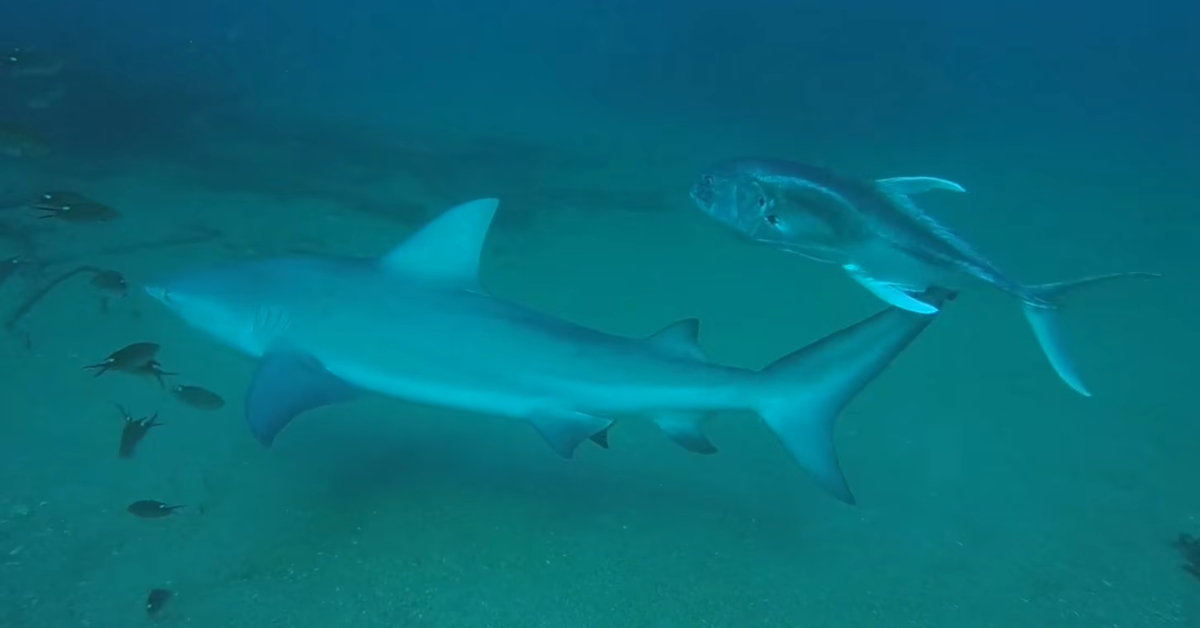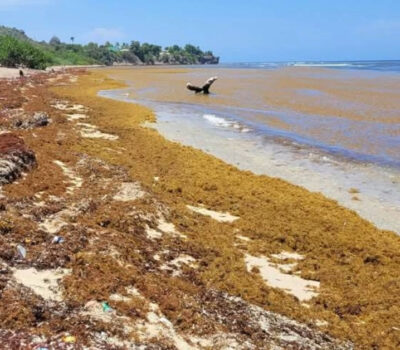Once devastated by overfishing, Cabo Pulmo now thrives thanks to community-led conservation, inspiring Mexico’s push for Marine Prosperity Areas that link ecology with local well-being.
Once Depleted by Overfishing, Cabo Pulmo Now Leads a Global Shift Toward Community-Led Marine Conservation
Cabo Pulmo, a quiet coastal town on the east side of Mexico’s Baja California Peninsula, is now a model for the future of ocean conservation. But it wasn’t always this way.
In the 1990s, decades of overfishing had left its 20,000-year-old coral reefs nearly barren. The marine life that once thrived in the area—sharks, rays, sea turtles, and even humpback whales—had all but vanished. The ecosystem was collapsing.
Then, the local community decided to act.
Led by a fishing family that had lived in Cabo Pulmo for generations, residents came together to do something extraordinary: give up fishing to save the sea. With support from scientists and government officials, they successfully lobbied for federal protection of their coastal waters, creating the Cabo Pulmo National Park in 1995. The protected area covers more than 70 square kilometers, and over time, the community expanded the original no-take zone from 35% to 100%, enforcing the rules themselves.
Ten years later, the results were staggering. Fish biomass had surged by 463%. Nearly every group of fish, from tiny herbivores to top predators, had returned. Cabo Pulmo was no longer a cautionary tale of ocean collapse—it had become a living example of marine recovery.
But what makes Cabo Pulmo truly exceptional is that the environmental turnaround also sparked economic prosperity. Today, the town generates nearly $8 million annually through ecotourism. Scuba divers and marine biologists from around the world come to witness the thriving reefs, and the local economy is no longer dependent on extractive fishing practices.
This powerful synergy between environmental conservation and community well-being is now inspiring a new global framework: Marine Prosperity Areas.
From Protection to Prosperity
Alfredo Girón, head of the World Economic Forum’s Ocean Action Agenda, has helped champion this new model through recent research that combines marine science with socioeconomic data. The idea is to shift from simply protecting the ocean to actively investing in ocean areas that support both biodiversity and local prosperity.
“For decades, we’ve focused on protecting the ocean because it’s important to preserve biodiversity,” Girón said. “The theory is that this can boost fishing and generate income—but that doesn’t always work.”
Traditional Marine Protected Areas (MPAs) often focus solely on conservation. Marine Prosperity Areas go a step further by embedding social and economic goals into marine recovery plans. Instead of waiting for ecosystem health to “trickle down” into local economic benefits, Marine Prosperity Areas prioritize people and planet at the same time.
According to Girón and his co-authors, nine pillars are essential to achieving this balance:
- Community management
- Community well-being
- Strategic alliances
- Conservation leadership
- Strong governance
- Sustainable funding
- Collaborative management
- Effective enforcement
- Continuous monitoring
Cabo Pulmo meets at least six of these criteria.
A Blueprint for Global Impact
The story of Cabo Pulmo proves that conservation doesn’t have to come at the cost of livelihoods—it can create them. The transformation wasn’t fast or easy, but it worked because the effort was grassroots. The people who live by the sea were the ones who saved it.
“Prosperity means you protect, but you also benefit from this protection,” Girón emphasized. “We can’t just think about protecting species. That’s extremely important, but we have to think about people, the benefits for society, and the benefits for the economy.”
Still, Cabo Pulmo isn’t without challenges. Rising tourism and outside real estate investment are reshaping the community. Governance gaps and resource shortages could threaten the long-term sustainability of its success.
Even so, its impact is undeniable.
Mexico is now considering the creation of ten new Marine Prosperity Areas by 2030. If successful, these initiatives could bring similar environmental and economic benefits to other coastal communities around the country.
For Girón and others in the Friends of the Ocean network, Cabo Pulmo is more than a success story—it’s a replicable model. It shows what’s possible when governments, scientists, and local people work together with a shared vision of prosperity rooted in sustainability.
“It’s not a dream,” Girón said. “It’s not an aspiration—it’s a reality.”
Once devastated by overfishing, Cabo Pulmo now thrives thanks to community-led conservation, inspiring Mexico’s push for Marine Prosperity Areas that . . .












